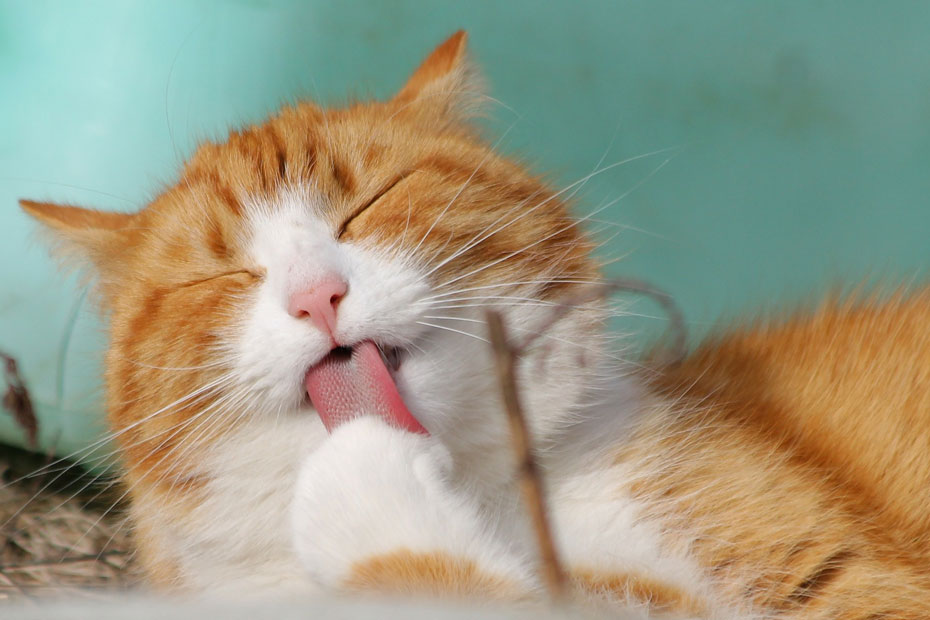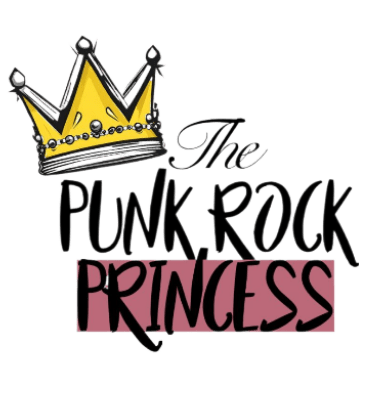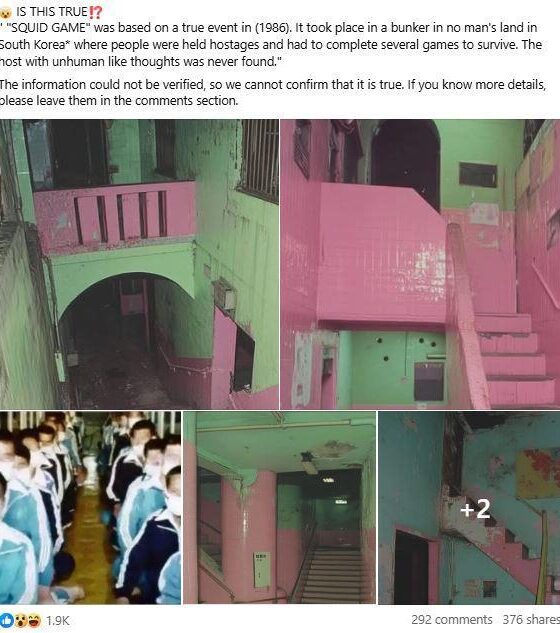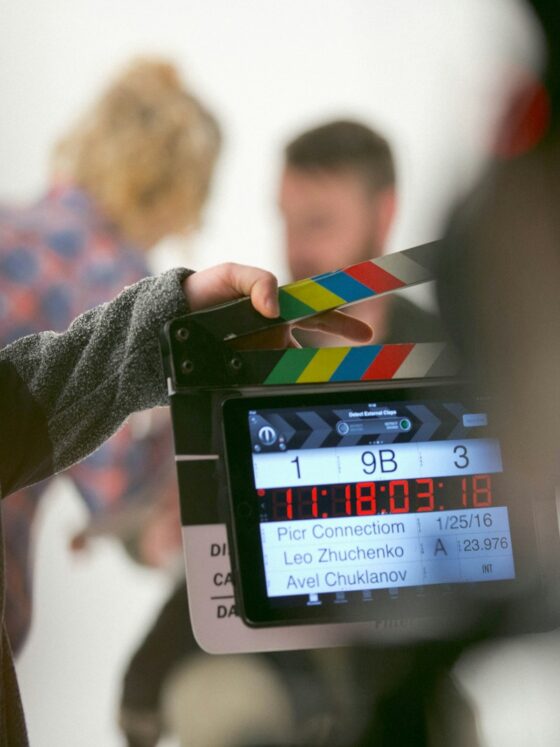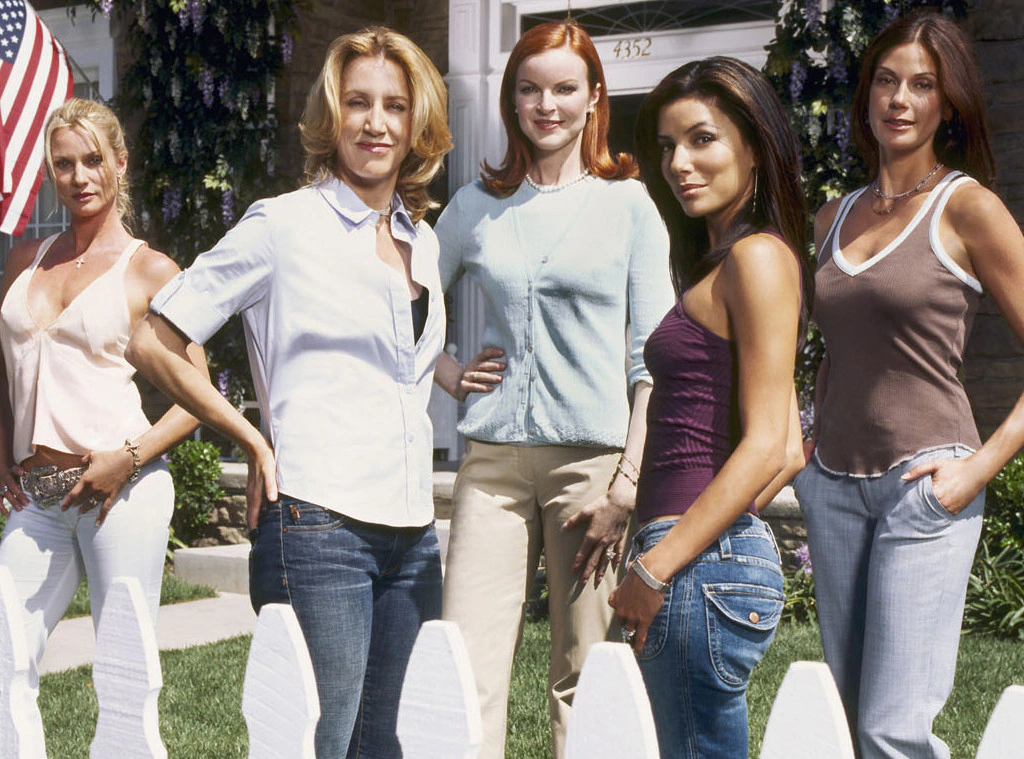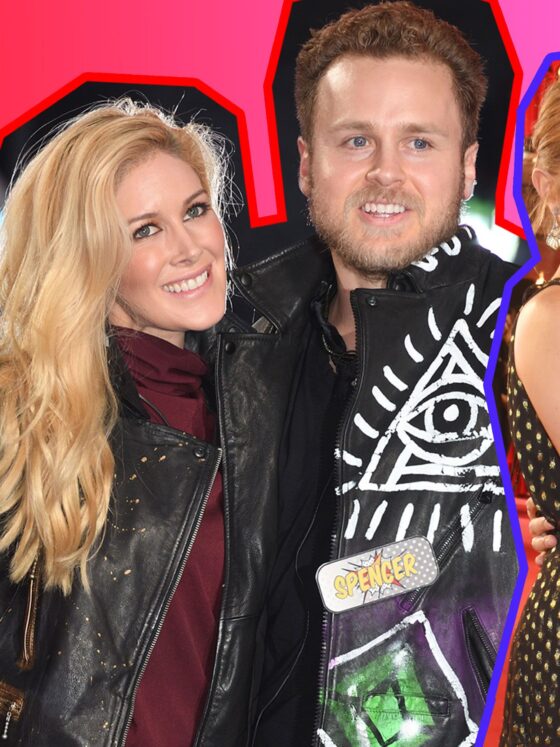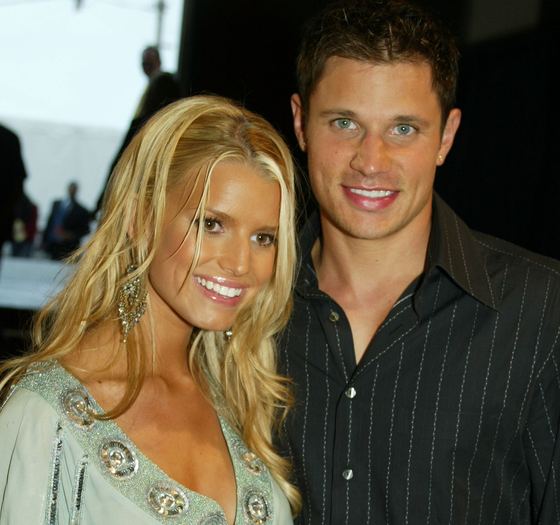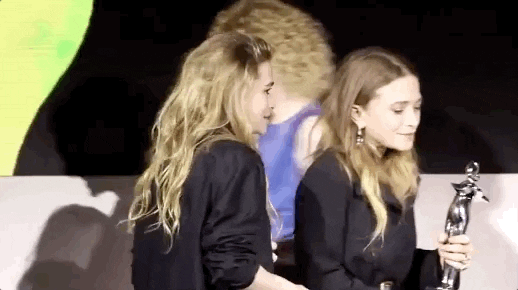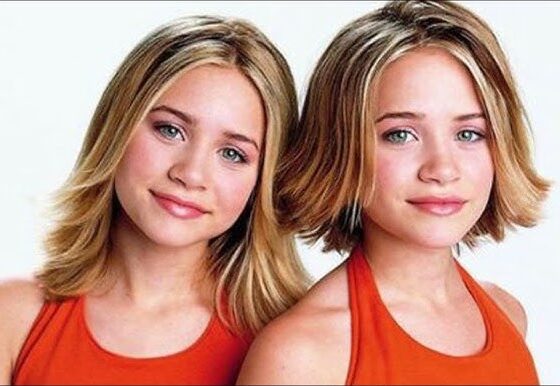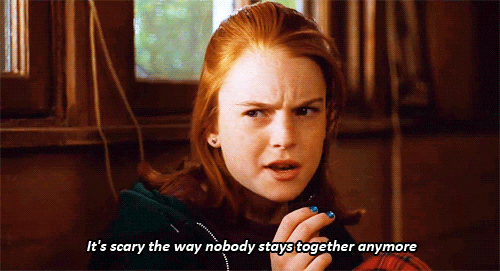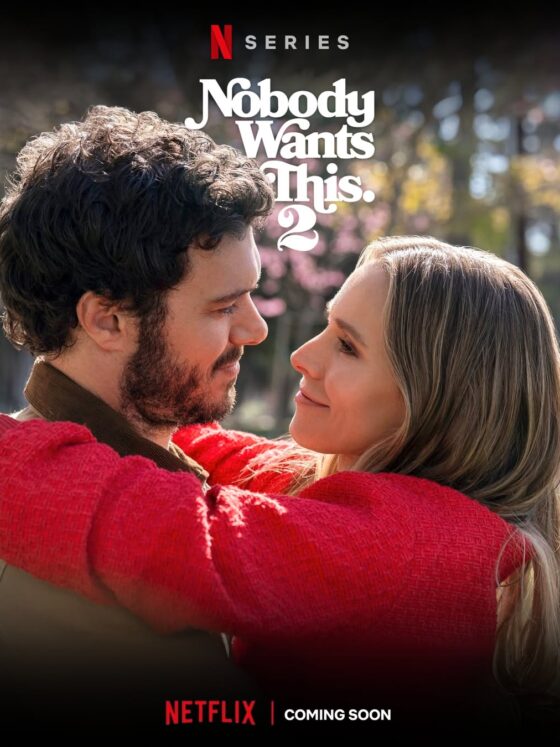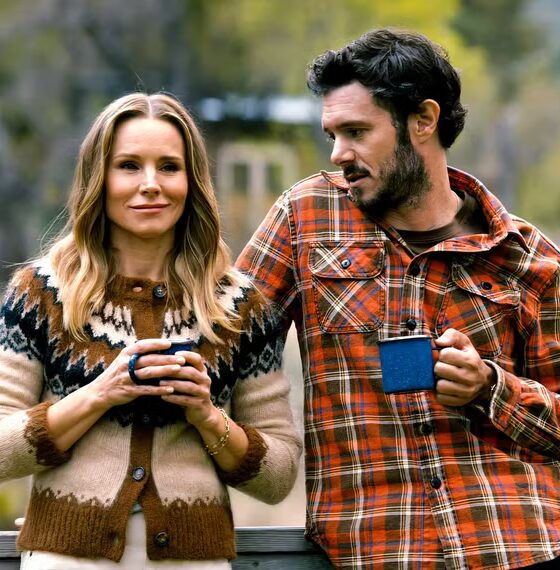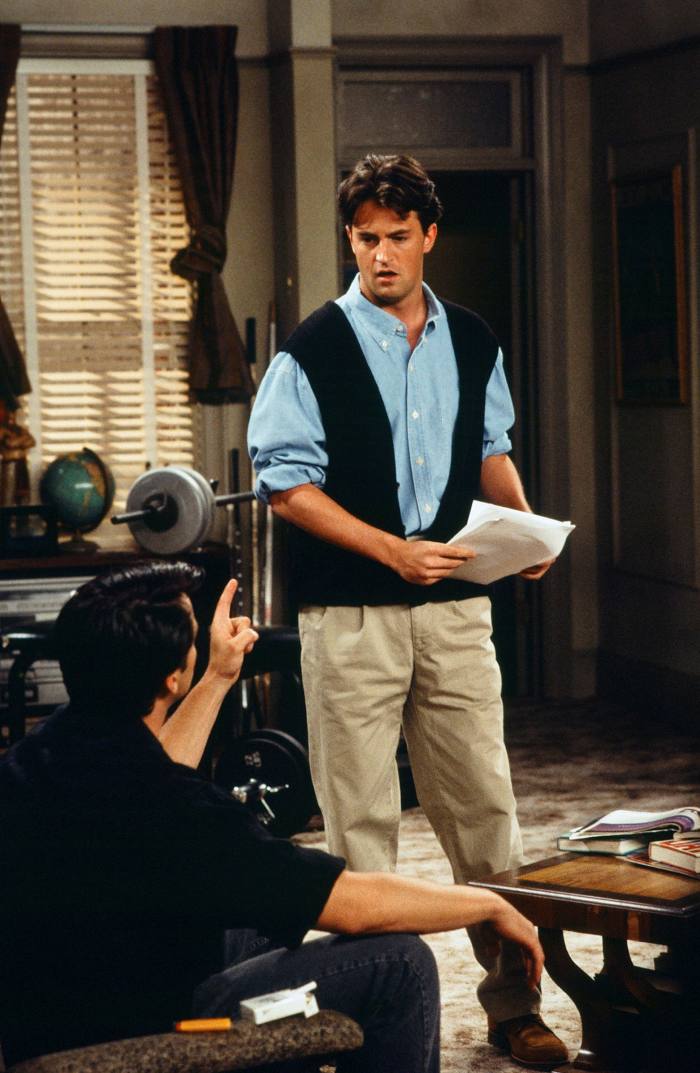Relive the magic of your childhood: the drama, the laughter, and the epic battles over who really won! 🎲 Whether it was the thrill of landing on Park Lane in Monopoly, shouting “Uno!” at the top of your lungs, or arguing over the rules in Scrabble, board games were a staple of growing up. Let’s reminisce about the games that transformed mundane evenings into unforgettable experiences!
Candy Land
A simple racing board game currently published by Hasbro. The game requires no reading and minimal counting skills, making it suitable for young children.

Sorry
Play Sorry! Slide, collide, and score to win! See how far you can advance one of your pawns on the board by drawing cards.
If you land on a slide, you can quickly advance to the finish and bump either your own or your opponent’s pawns! Jump over pawns, hide in your safety zone, and use the two power-up tokens to gain abilities.

Mouse Trap
Ideal originally offered this two- to four-player board game in 1963. One of the earliest three-dimensional board games that was mass-produced was this one.
A The players collaborate at first to build a functional mousetrap in the style of Rube Goldberg. The game comes to life when players finish building their mousetraps and turn against one another to seize their rivals’ game pieces.
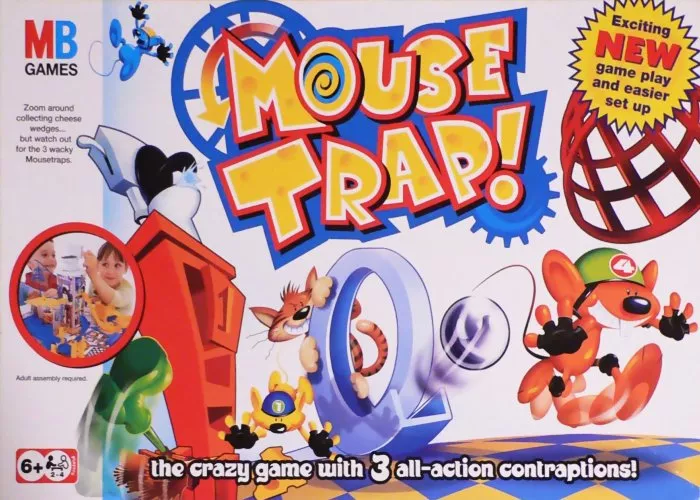
Risk
The Parker Brothers-produced strategy board game is currently a division of Hasbro. Winning Moves also sells the original version from 1959. French director Albert Lamorisse created the film in 1957, and it had its world premiere there.
The Conquest of the World was titled “The Conquest of the World.” Parker Brothers released Risk: The Continental Game, later renamed Risk: The Game of Global Dominance, in 1959.

UNO
American card game with a custom deck (see Mau Mau for an almost identical game played with normal playing cards).
Merle Roberts created the game in 1971 in Reading, Ohio, a Cincinnati suburb. Mattel has owned it since 1992. It’s a Crazy Eights card game.
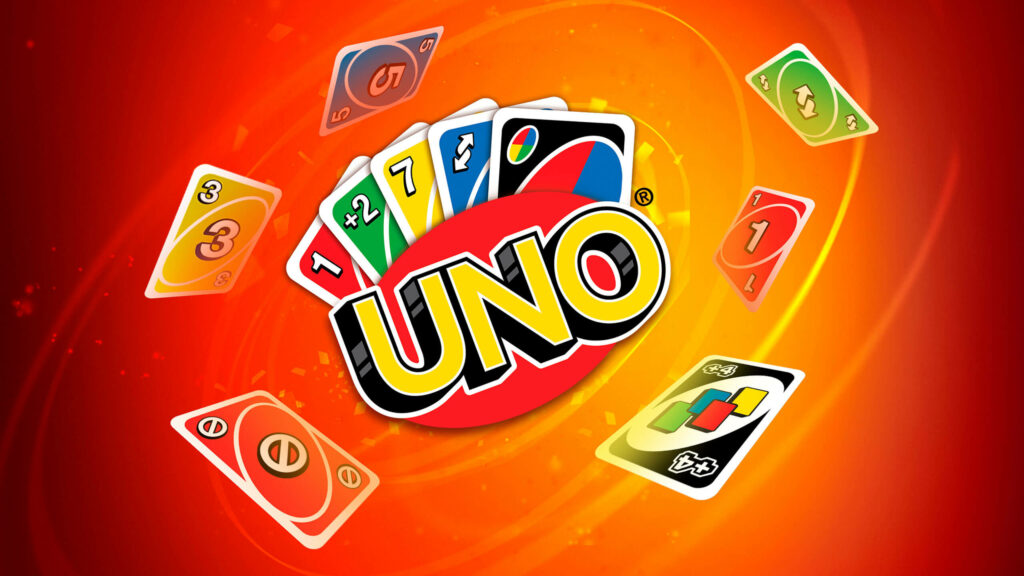
MAD Magazine Board Game
1979’s Parker Brothers’ “What-Me-Worry?” The game bears a resemblance to Monopoly, except that you forfeit all your money. The left-handed roll for the lowest number determines the first player.
Mad magazine and Alfred E. Neuman artwork decorate the board. Certain spots and cards force winning players to transfer money or chairs, erasing their advantage.

Hungry Hippos
This is Hasbro’s Milton Bradley-branded 2–4-player tabletop game. Fred Kroll invented the game in 1967 and launched it in 1978. Each player’s “hippo” must collect the most marbles (a toy hippo model).
Elefun, Mouse Trap, and Gator Golf are sold under the “Elefun and Friends” umbrella. Toy Story 3 mentions the game.
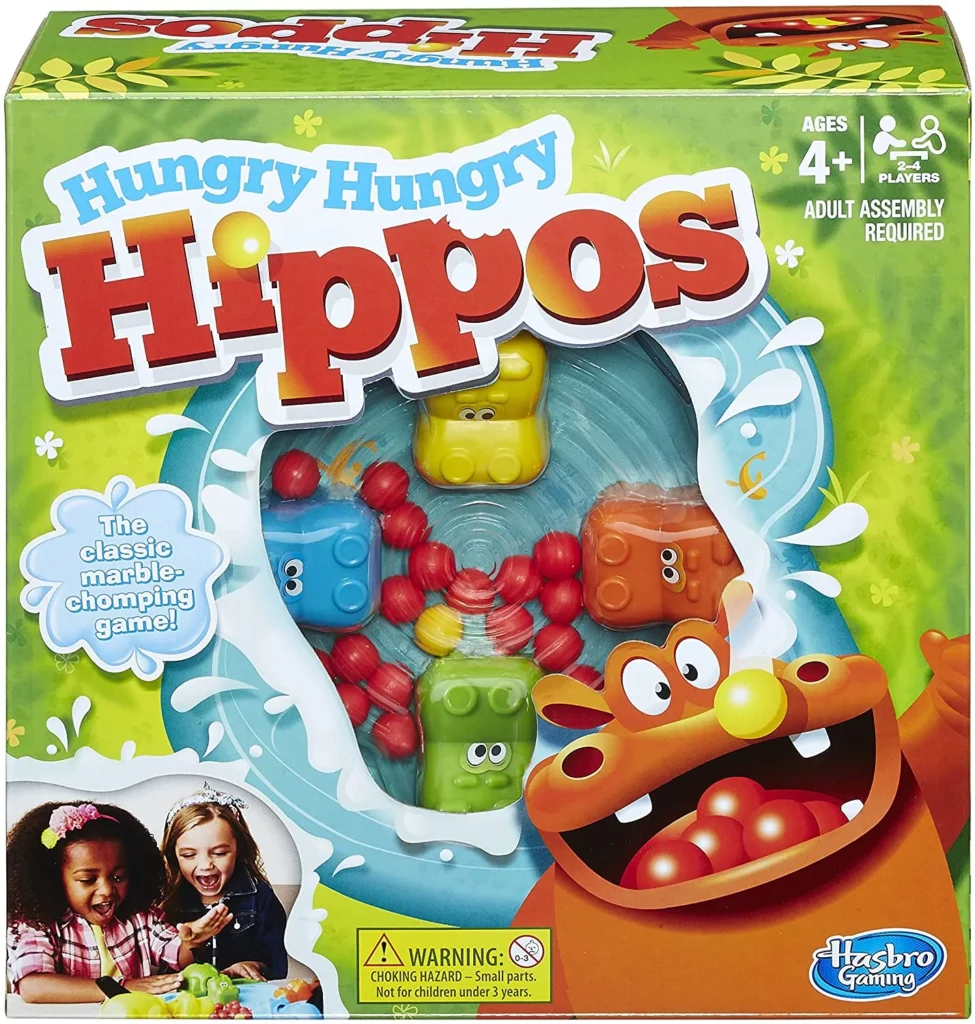
Guess who?
Theora Design, also known as Milton Bradley, produced a two-player guessing game for the first time in 1979. Jack Barr Sr. first brought it to the UK in 1982.
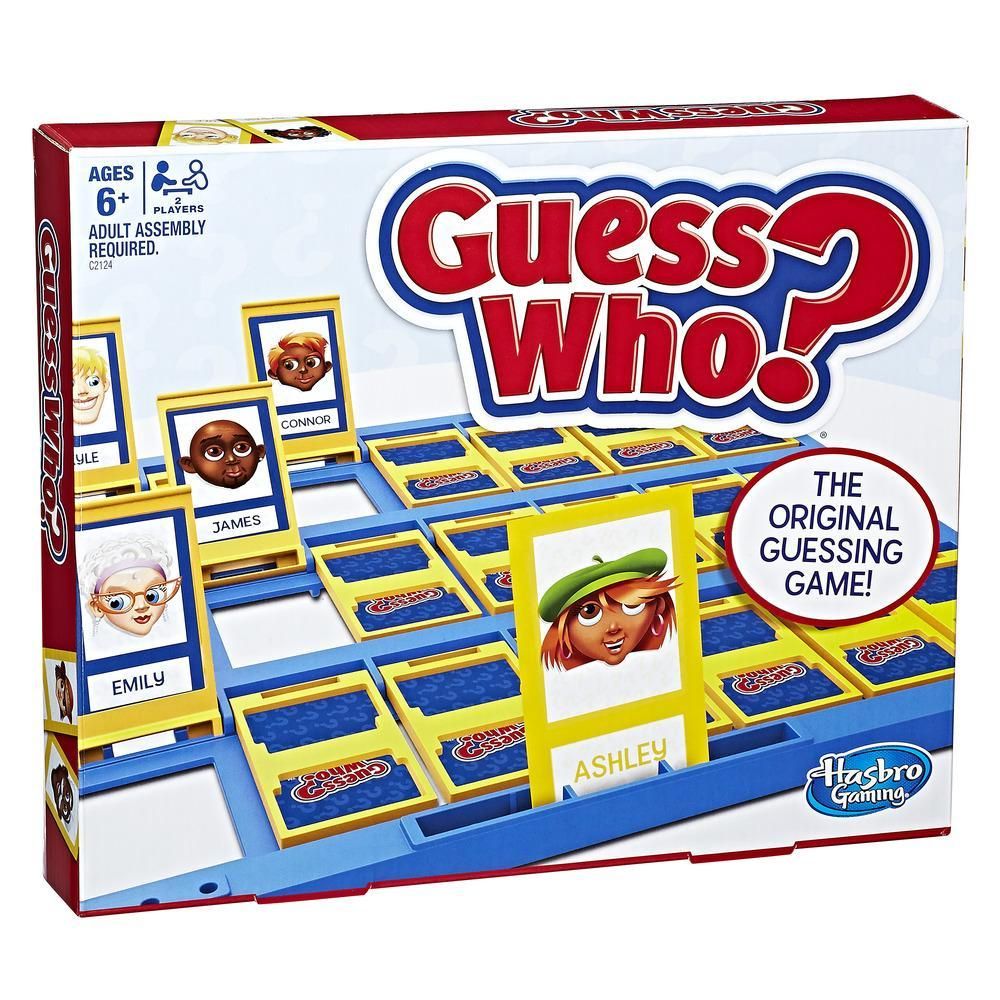
Operation
The game is a battery-powered game designed to enhance hand-eye coordination and fine motor abilities. In 1964, University of Illinois industrial design student John Spinello sold the game’s rights to Milton Bradley for $500 and a job after graduation.
Hasbro now manufactures the $40 million operation, which Milton Bradley first produced in 1965.

Game of Life
Can you win the Game of Life? Pick your life! You can choose to focus on college, kids, or unexpected events. All players pay their debts and total their fortunes at the end.
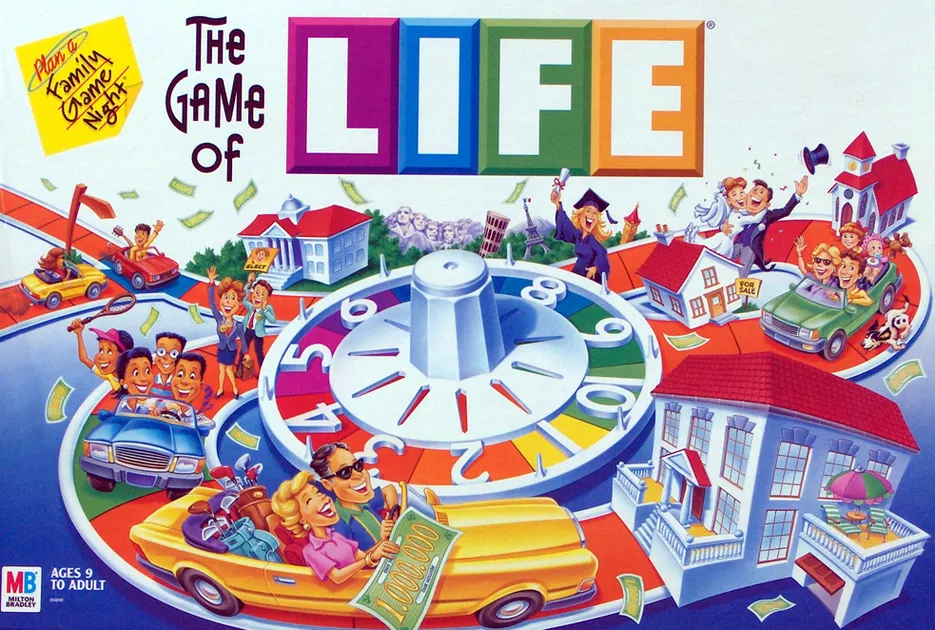
Trivial Pursuit
The game is a board game designed to test general knowledge and pop culture. Chris Haney, a picture editor for The Gazette in Montreal, and Scott Abbott, a sports reporter for The Canadian Press, came up with the game in December 1979.
They made their own Scrabble game after losing pieces. John Haney and Ed Werner helped them finish the 1982 game.
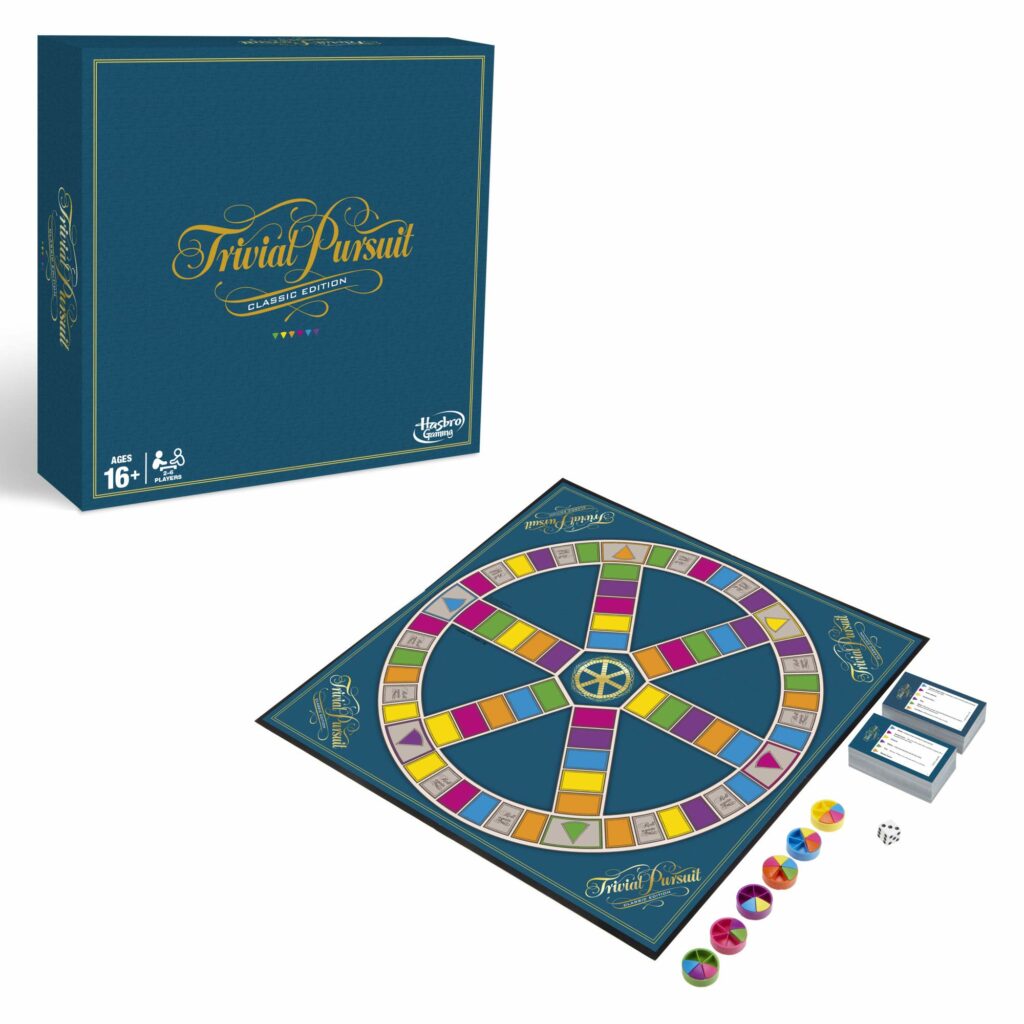
Cluedo
Hasbro published Anthony E. Pratt’s Birmingham-born invention. The game’s objective is to discover who killed Dr. Black (“Mr. Boddy” in North America), where, and with what weapon.
Each player plays one of six suspects on a mansion-themed game board and gathers clues from other players to find the answer.

Rockm Robots Sockm
The Marx toy firm originally produced the Marvin Glass and Associates-designed game in 1964. One player wins the game when they knock off the head of the other’s robot boxer. Mattel’s 2000s game has smaller robots.

Pac-Man
Pac-popularity Man released it. Pac-Man-esque. It’s four-player. Eat Pac-Dots. You can chomp a ghost and return it to the ghost enclosure after consuming a Power Pellet.
Another player awards two scoring dots. Ghost pieces cost two dots and send opponents back to the start. Winners score more dots.

Board games were more than just entertainment; they were the glue that brought us together, sparking creativity, laughter, and the occasional (but necessary) sibling rivalry. Whether you were a strategist, a rule-bender, or the one flipping the board in frustration, those moments are now cherished memories. So why not dust off your favourite game and relive the fun? This is due to the timeless appeal of certain childhood games!
